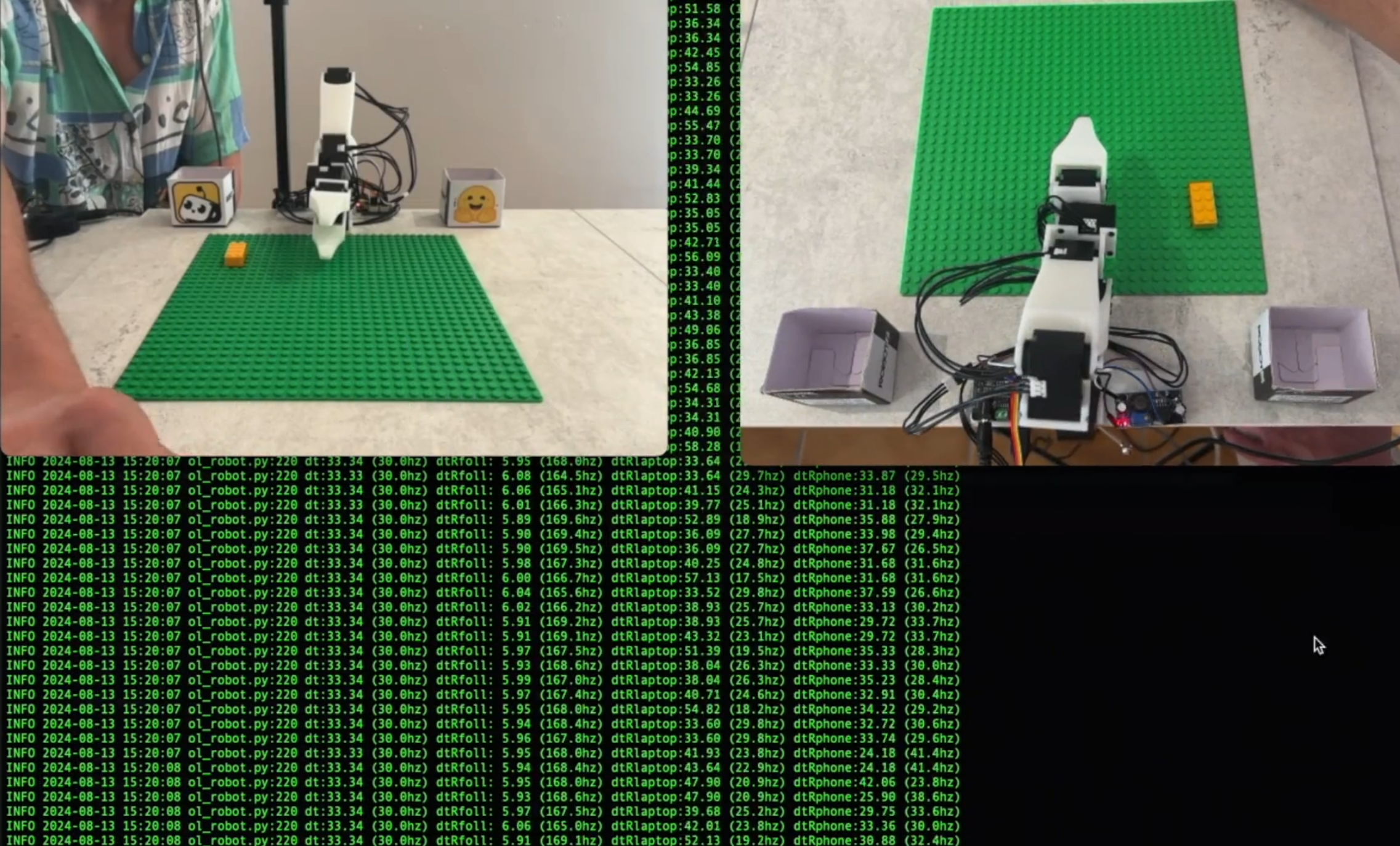HuggingFace releases open source guide "LeRobot" for building AI robots

Key Points
- HuggingFace's open source LeRobot project has released a step-by-step guide that allows anyone to build their own AI-powered robot, from assembling the hardware to training the neural network that controls it.
- The guide is based on the open-source Koch v1.1 robot kit, which consists of a lead arm and a follow arm, each with six motors, and can work with one or more cameras as visual sensors. In the future, LeRobot plans to develop an even more affordable robot called "Moss v1" for $150.
- By making AI-powered robots more accessible and affordable, LeRobot aims to grow the robotics community, foster innovation, and demonstrate the potential of open source and the Hugging Face Hub in developing the next generation of robots, with the ultimate goal of creating a "foundational model" for robotics.
HuggingFace's open-source project "LeRobot" has published a detailed guide for building AI-controlled robots. The instructions cover the entire process, from assembly and configuration to training the neural network that controls the robot.
Remi Cadene, one of LeRobot's creators, says the project aims to "lower the barrier to entry of AI for robotics, and support the open source ecosystem in robotics."
The step-by-step guide is a move toward bringing AI-powered robots to a wider audience and encouraging innovation in the field. It is based on Koch v1.1, an open source robot kit with two arms, each with six motors. The robot can use one or more cameras as visual sensors.
LeRobot Tutorial Preview | Video: HuggingFace
Open sourcing AI robots
In the future, LeRobot plans to develop a more affordable robot called the Moss v1. This version won't require 3D printing and will cost just $150 for two arms.
"We want to grow the robotics community and to show how open source and hugging face hub can be used to quickly iterate on the next generation of robots," Cadene tells me.
This approach has proven successful before: HuggingFace became the leading platform for AI models using a similar strategy. As hardware becomes cheaper and AI models more powerful, DIY AI robots could become the next widespread application of AI. Researchers and innovators could easily share collected data to train better AI models and build increasingly capable robots.
The project is also working on a "foundational model" for robotics. Fine-tuning this model is expected to improve generalization and reduce the need for strictly consistent training data. Such a model would be a major step toward powerful AI robots, especially if it were released as open source.
Companies such as Google and OpenAI are also working on closed source multimodal foundational models for robotics. With these models, robots can not only understand language, but also speak, see, hear, and gather knowledge about the world to better navigate their environment and identify objects.
"This new technology will eventually power the next societal and industrial advances, so it's important that it is fully open source and benefit to all," said Cadene.
AI News Without the Hype – Curated by Humans
As a THE DECODER subscriber, you get ad-free reading, our weekly AI newsletter, the exclusive "AI Radar" Frontier Report 6× per year, access to comments, and our complete archive.
Subscribe now